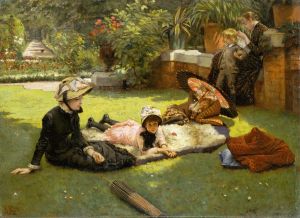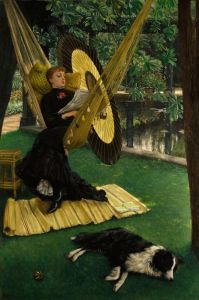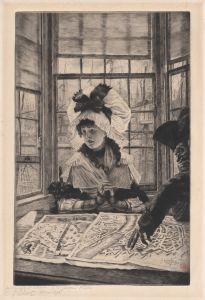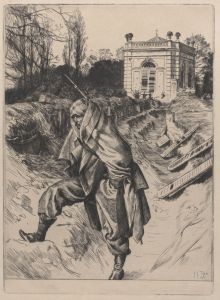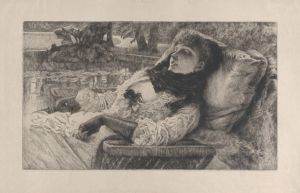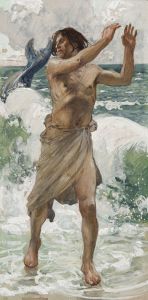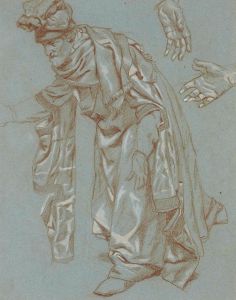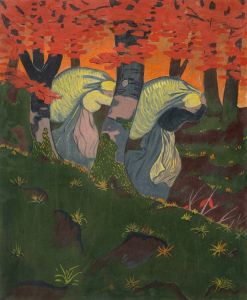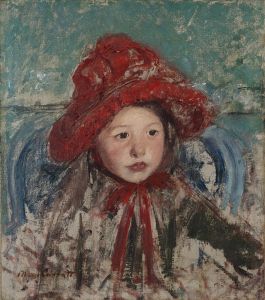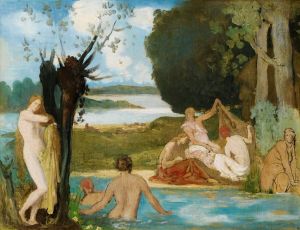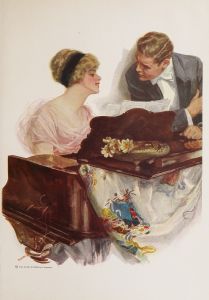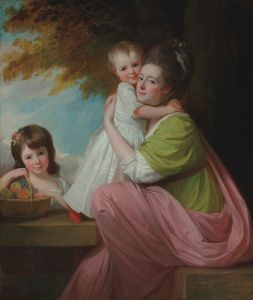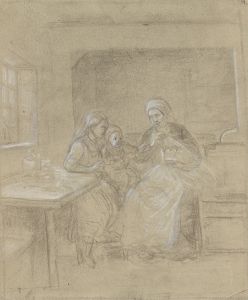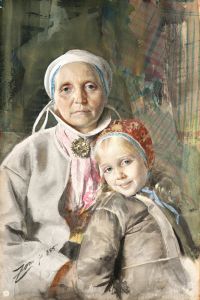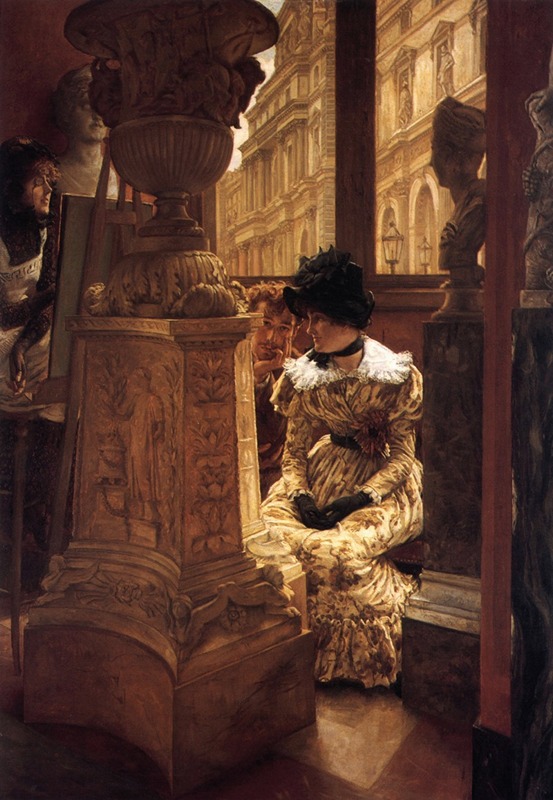
En el Louvre
A hand-painted replica of James Tissot’s masterpiece En el Louvre, meticulously crafted by professional artists to capture the true essence of the original. Each piece is created with museum-quality canvas and rare mineral pigments, carefully painted by experienced artists with delicate brushstrokes and rich, layered colors to perfectly recreate the texture of the original artwork. Unlike machine-printed reproductions, this hand-painted version brings the painting to life, infused with the artist’s emotions and skill in every stroke. Whether for personal collection or home decoration, it instantly elevates the artistic atmosphere of any space.
James Tissot's painting "En el Louvre" is an exquisite example of the artist's ability to capture the nuances of social interaction and the fashion of his time. Tissot, a French painter known for his detailed and often narrative-driven works, created this painting during a period when he was particularly focused on depicting scenes of contemporary life.
"En el Louvre" is set in the famous Louvre Museum in Paris, a location that was, and still is, a hub of art and culture. The painting portrays a group of elegantly dressed individuals, likely members of the upper class, as they engage in the leisurely activity of viewing art. This setting not only reflects the cultural significance of the Louvre but also highlights the social customs of the late 19th century, when visiting museums was a fashionable pastime for the elite.
Tissot's attention to detail is evident in the clothing and accessories of the figures, which are rendered with precision and care. The fashion of the time is depicted with accuracy, showcasing the luxurious fabrics and intricate designs that were popular among the wealthy. This focus on attire is a hallmark of Tissot's work, as he often used fashion as a means to explore themes of identity and social status.
The composition of "En el Louvre" is carefully arranged to guide the viewer's eye through the scene. Tissot employs a balanced use of light and shadow to create depth and to emphasize the interactions between the figures. The expressions and postures of the individuals suggest a range of emotions and relationships, inviting the viewer to speculate on the dynamics at play.
Tissot's technique combines elements of realism with a keen sense of observation, allowing him to capture the subtleties of human behavior. His use of color is both vibrant and harmonious, contributing to the overall elegance of the piece. The painting not only serves as a visual record of a specific moment in time but also offers insight into the societal norms and values of the era.
"En el Louvre" is representative of Tissot's broader body of work, which often focused on themes of modernity and the complexities of social life. His paintings are celebrated for their narrative quality and their ability to convey the spirit of the age. Through works like "En el Louvre," Tissot has left a lasting legacy as an artist who skillfully documented the world around him with both beauty and insight.
While specific details about the painting's creation, such as the exact year it was painted or its current location, may not be readily available, "En el Louvre" remains an important piece within Tissot's oeuvre. It continues to be appreciated for its artistic merit and its reflection of the cultural milieu of 19th-century Paris.





